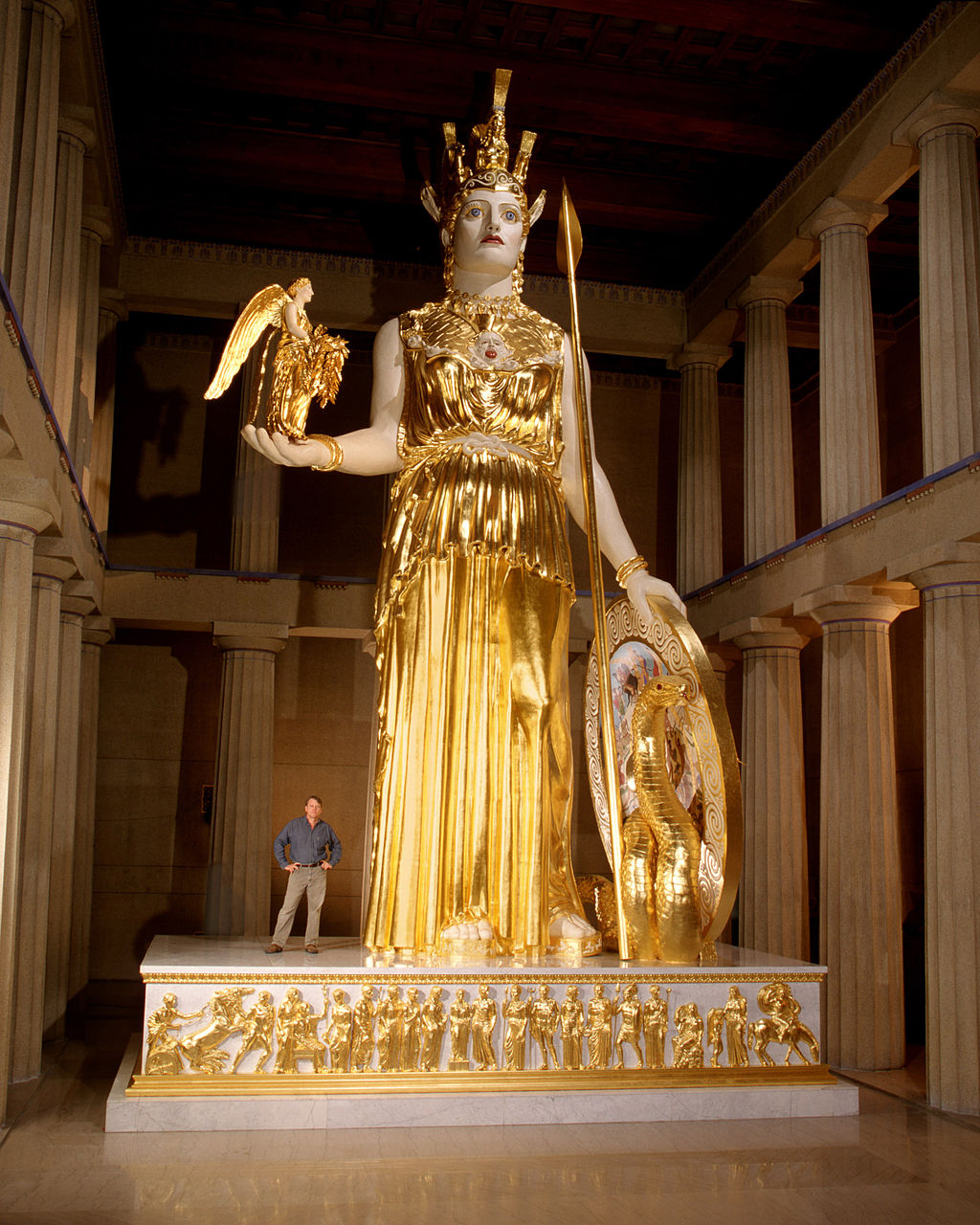It can be difficult to know what to do sometimes with adding machine heir and Naked Lunch and Junky author William S. Burroughs. In the trickle-down academese of contemporary jargon, he is a “problematic” figure who doesn’t fit neatly inside anyone’s ideological comfort zone, what with his unrepentant heroin addiction, occult weirdness, conspiracy mongering, and extensive firsthand knowledge of criminal underworlds.
There was no one better qualified to midwife the counterculture.
NME’s Leonie Cooper calls Burroughs “a dour punk in a sharp suit,” and lists some of the highlights of his biography, including his famous accidental shooting of his wife and mother of his only child—an event that did nothing to diminish his love of guns. “He wrote bleakly comic tales which were subject to obscenity trials in the States thanks to their dwelling on sodomy and drugs but which later saw him elected to the prestigious American Academy of Arts and Letters.”
The mainstreaming of Burroughs happened in part because of his appeal to musicians, from Paul McCartney, Mick Jagger, and David Bowie to Kurt Cobain, Tom Waits, Throbbing Gristle, and Ministry’s Al Jourgenson. “Musicians flocked to him in a quest for authenticity.” Although the deadpan Burroughs usually appeared “massively unimpressed” by their attentions, he was “happy to comply and associate himself with artists both up and coming and established.”
David Bowie went further than seeking a photo op or one-off collaboration, adopting Burroughs’ cut-up technique as his primary method for writing lyrics, a technique also put into practice at various times by The Beatles, Cobain, and Radiohead’s Thom Yorke. Other artists, like Steely Dan and The Soft Machine, took their names from Burroughs’ work but shared little of his nightmarish sci-fi-cult-noir sensibility.
Burroughs “preferred to associate himself with an edgier kind of performer,” collaborating with R.E.M., Waits, and Cobain and “hanging out at seminal rock club CBGBs” in the 70s and 80s. He became a friend and mentor to artists like Patti Smith, Lou Reed, and Thurston Moore. Although Iggy Pop is often referred to as the “godfather of punk,” that title might as well belong to William S. Burroughs.
During the birth of rock and roll in the 50s, Burroughs was a mostly unknown fringe figure. By the late sixties, his influence became central to popular music thanks to The Beatles, Led Zeppelin, and The Rolling Stones. But he would not be tamed or sanitized. An early gay hero who sided with outsiders and underdogs against corporate machines, he was defiant to the end, leaving a legacy that continues to inspire anti-establishment artists, even if they’re unaware of their debt to him.
In the new book William S. Burroughs and the Cult of Rock ‘n’ Roll, by Casey Rae, you can learn much more about Burroughs’ major influence on rock and roll in the 60s, 70s, 80s, “when it became a rite of passage to hang out with the author or to experiment with his cut-up techniques,” as the book description notes. His direct influence continued into the punk revival of the grunge era and has become “more subliminal” since his death in 1997, as Rae tells Jim DeRogatis and Greg Kot in the Sound Opinions interview above. (Scroll to the 14:50 minute mark.)
It’s hard to find contemporary artists who aren’t influenced by the artists Burroughs influenced, and who—wittingly or not—haven’t inherited some of the Burroughsisms that are everywhere in the past fifty-plus years of rock and roll history. Hear a playlist of Burroughs-adjacent songs referenced in Rae’s book at the top of the post (opening with Duke Ellington’s “East St. Louis Toodle Oo,” later covered by Steely Dan), and learn more about Burroughs’ musical adventures at the links below.
Related Content:
How David Bowie, Kurt Cobain & Thom Yorke Write Songs With William Burroughs’ Cut-Up Technique
William S. Burroughs Drops a Posthumous Album, Setting Readings of Naked Lunch to Music (NSFW)
Hear a Great Radio Documentary on William S. Burroughs Narrated by Iggy Pop
Josh Jones is a writer and musician based in Durham, NC. Follow him at @jdmagness







